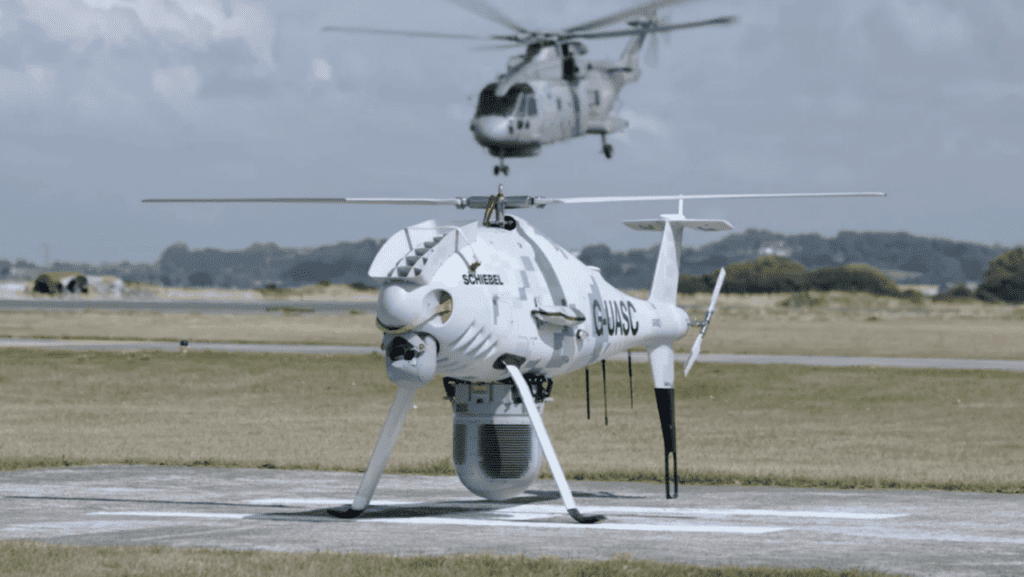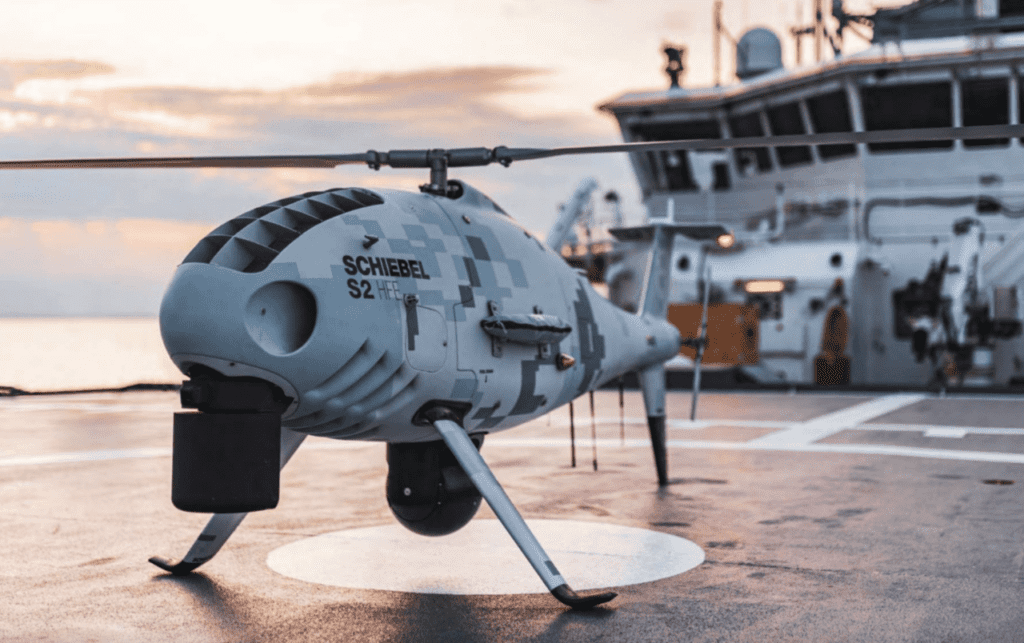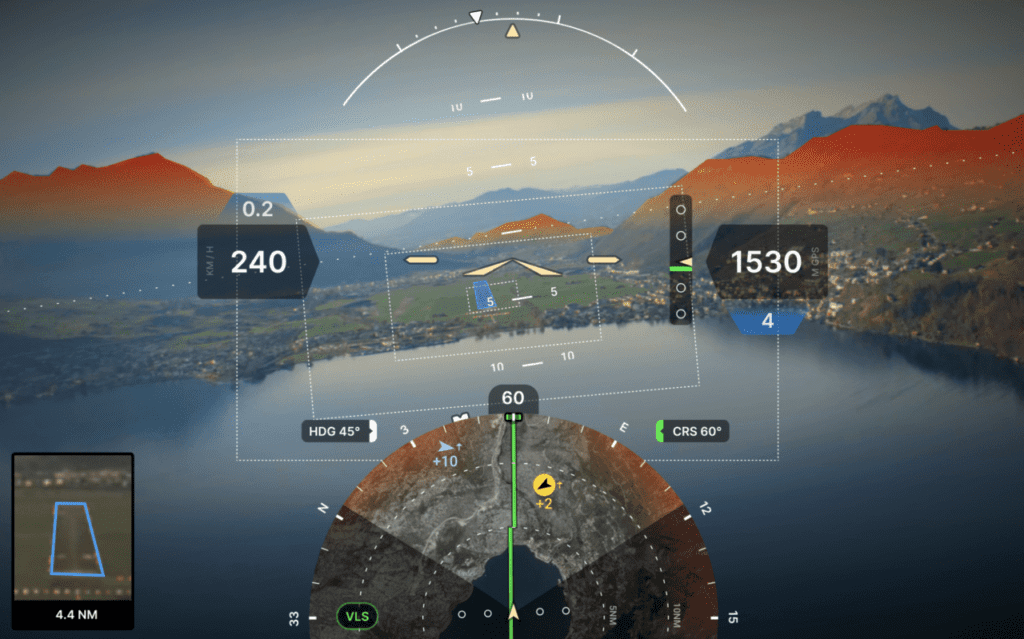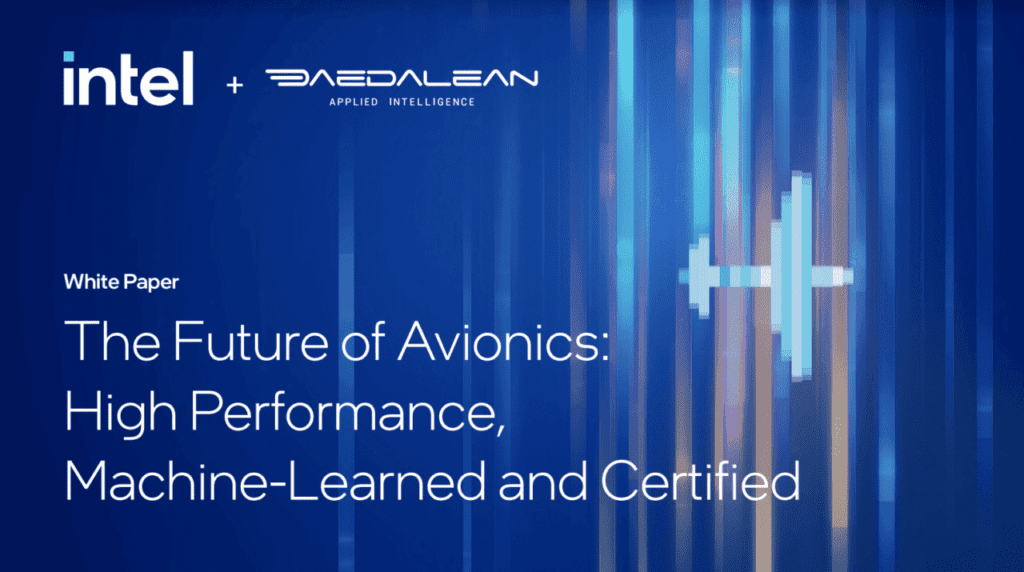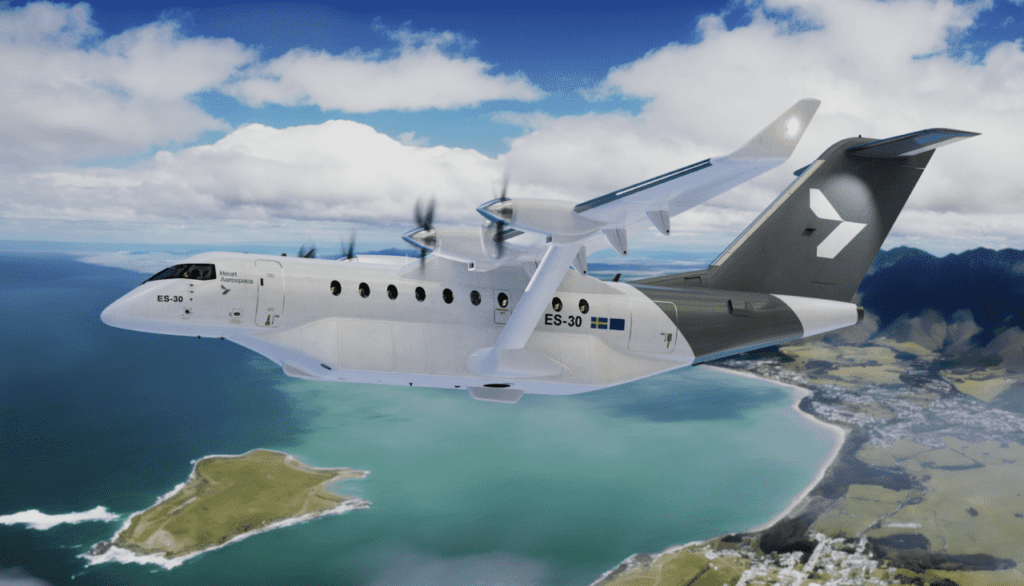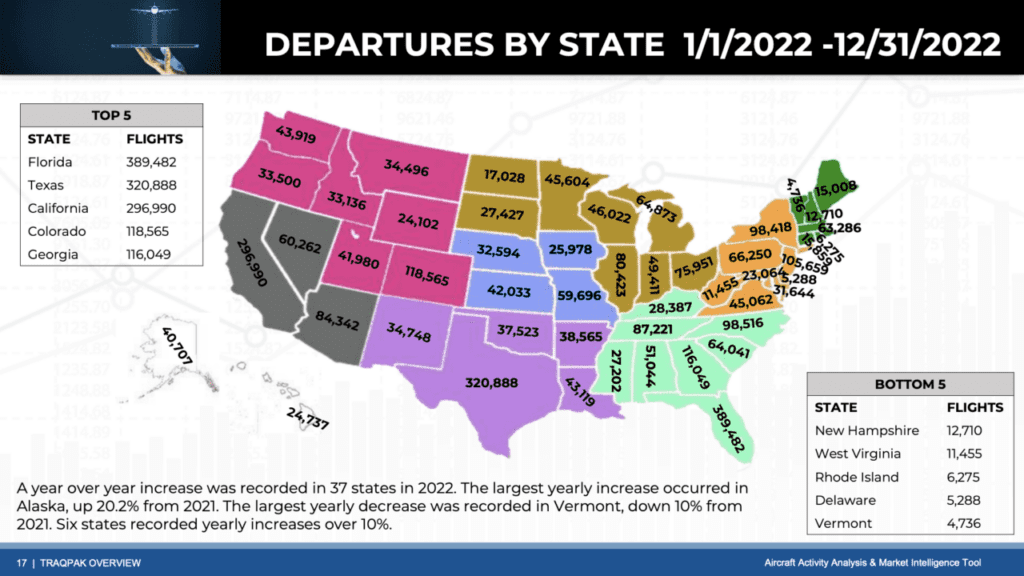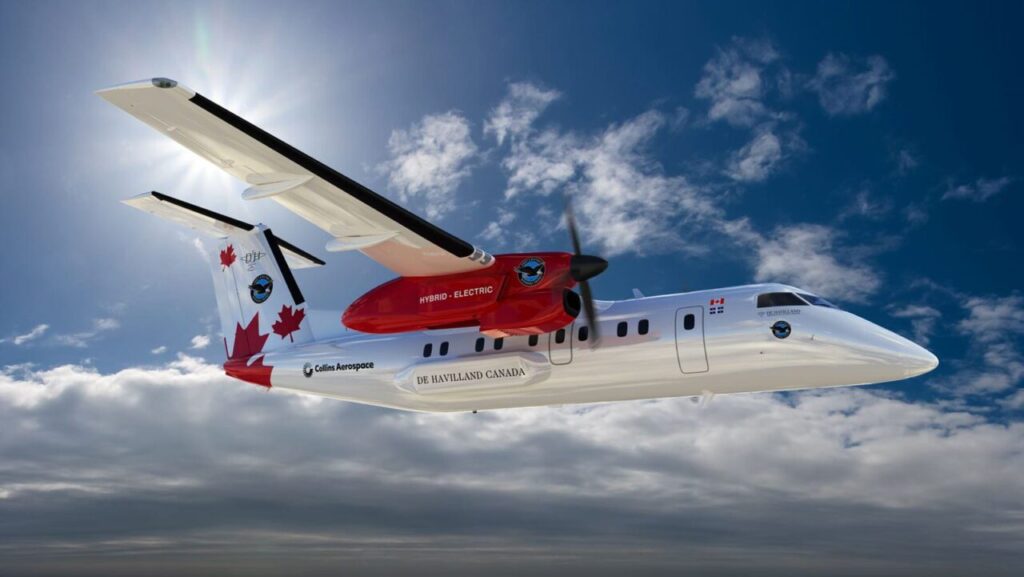Blade and BETA Conduct Test Flight of Piloted eVTOL Aircraft


Blade Air Mobility and BETA Technologies completed the first test flight of a piloted eVTOL aircraft in the greater New York City area. (Photo: Brian Jenkins/BETA Technologies)
This week, Blade Air Mobility and BETA Technologies completed the first test flight of a piloted eVTOL (electric vertical take-off and landing) aircraft in the greater New York City area. BETA’s six-passenger ALIA-250 eVTOL performed this flight at the Westchester County Airport in White Plains, New York.
“This demonstration is a big milestone in our transition from helicopters to electric vertical aircraft, and we are pleased that our partners at BETA have designed the right aircraft with the requisite range, capacity, and noise profile, for use in our key markets,” commented Blade CEO Rob Wiesenthal.
An all-electric propulsion system powers BETA’s aircraft. It flew alongside a conventional helicopter during part of the test flight this week to highlight its noise profile—one-tenth of the sound decibel level of a helicopter.
Kyle Clark, BETA’s Founder and CEO, also commented on the announcement, remarking that this achievement is one more step towards delivering their eVTOL aircraft to support operations in urban markets worldwide. “We continue to progress our aircraft, flying real-life missions and gaining proficiency in the national airspace,” Clark stated.
In April 2021, Blade announced plans to purchase up to 20 of BETA’s ALIA aircraft for passenger service. Blade also entered into a partnership with eVTOL developer Wisk Aero in May 2021. Wisk intends to operate 30 of its eVTOL aircraft using Blade’s network of terminals in the U.S.
BETA also achieved several milestones in 2022. In March, two U.S. Air Force pilots became the first Airmen to fly an electric aircraft with military airworthiness approval. The flight was hosted at BETA’s hangar and testing facility in Plattsburgh, New York. In July,
In December, BETA partnered with the National Institute for Aviation Research (NIAR) and the FAA to conduct a 50-foot drop test on a full-scale battery system designed for an electric aircraft.
BETA Technologies is one of Air New Zealand’s partners for the Mission Next Gen Aircraft program. The companies are coordinating to make sustainable aviation a reality in New Zealand by developing the necessary technology and infrastructure. Other partners include Heart Aerospace, Airbus, Embraer, and Universal Hydrogen.
The post Blade and BETA Conduct Test Flight of Piloted eVTOL Aircraft appeared first on Avionics International.
—————
Boost Internet Speed–
Free Business Hosting–
Free Email Account–
Dropcatch–
Free Secure Email–
Secure Email–
Cheap VOIP Calls–
Free Hosting–
Boost Inflight Wifi–
Premium Domains–
Free Domains







